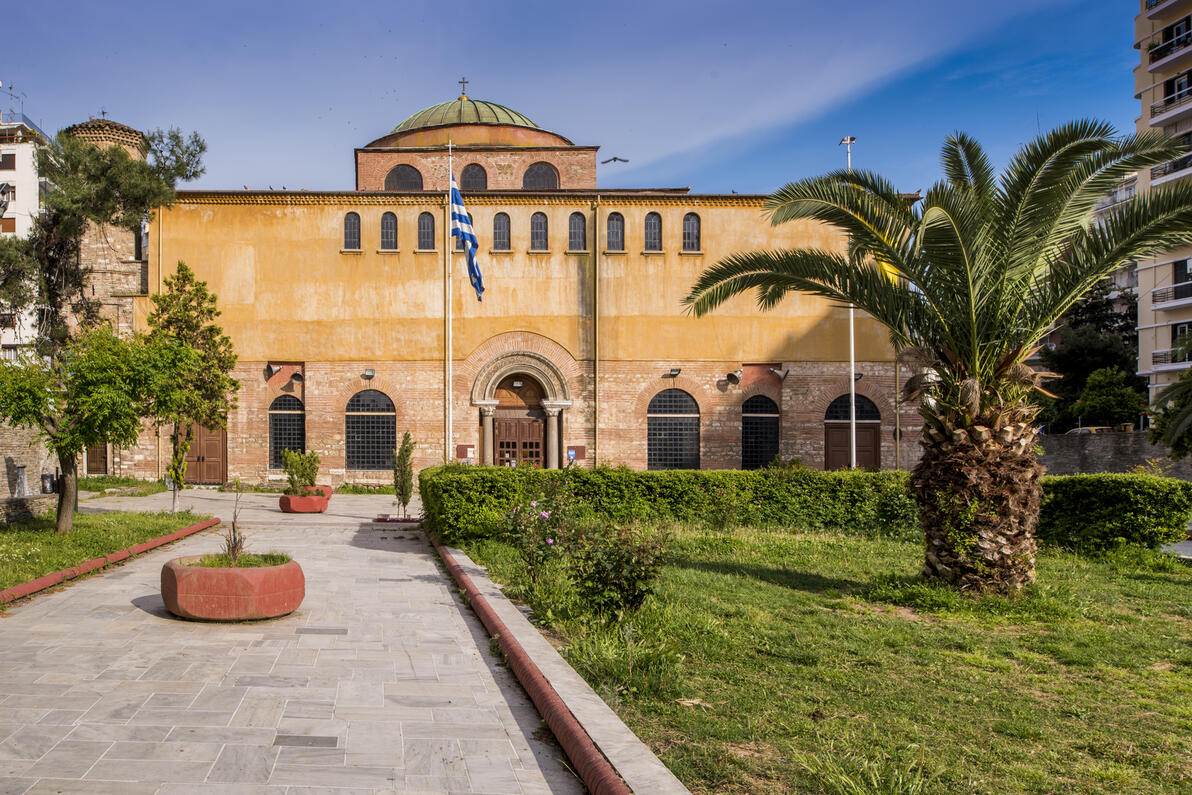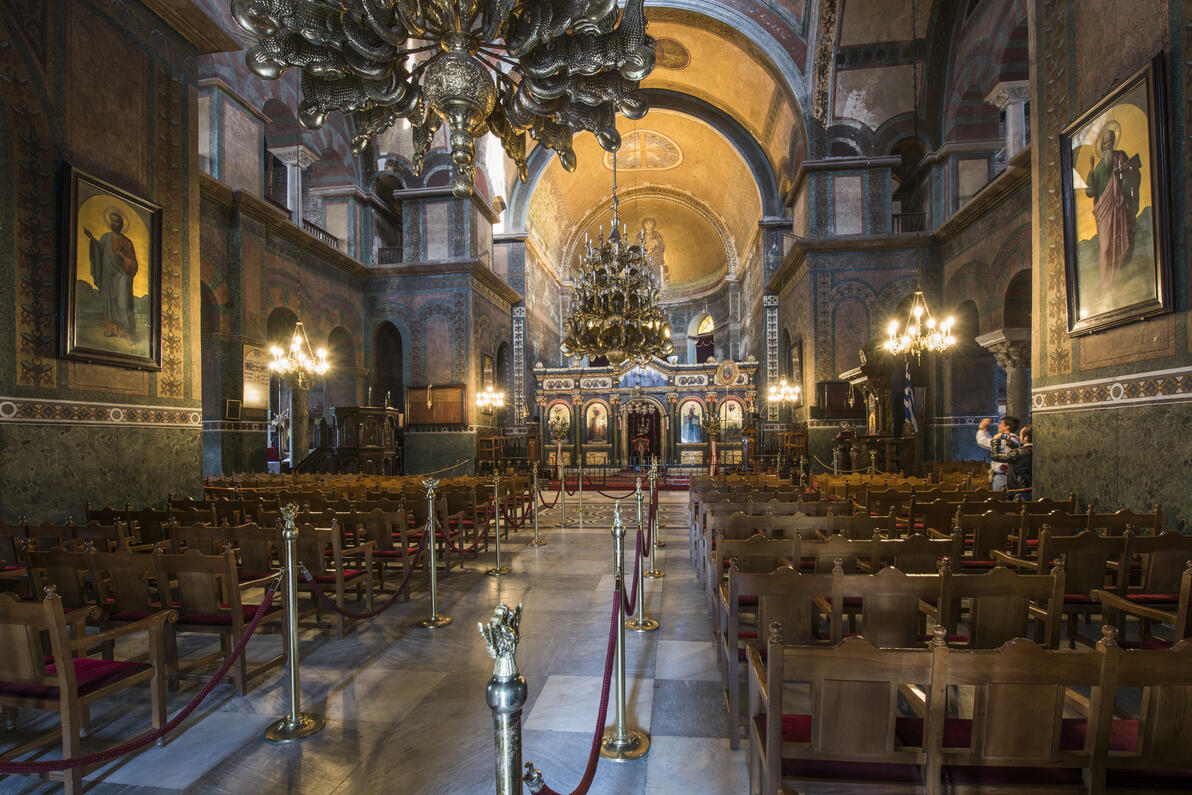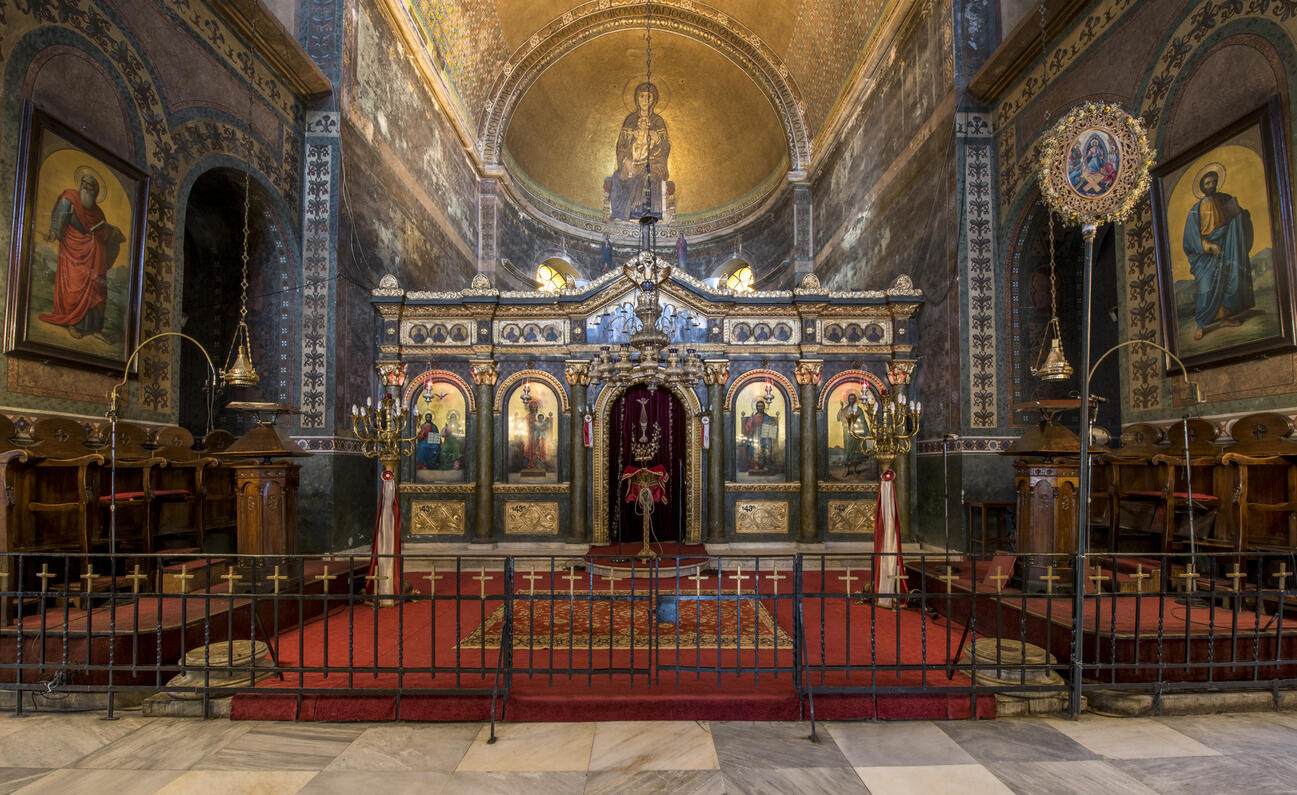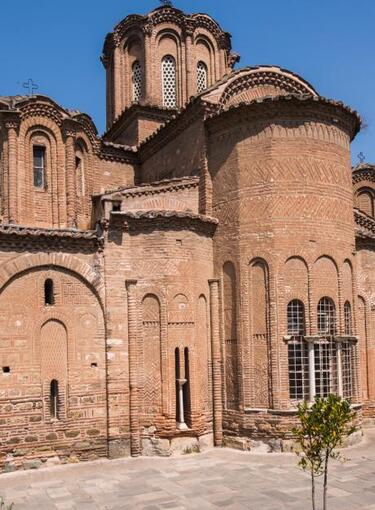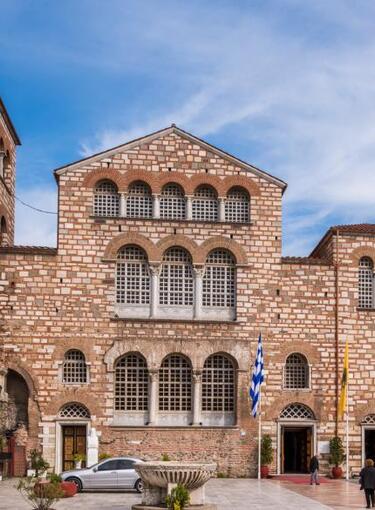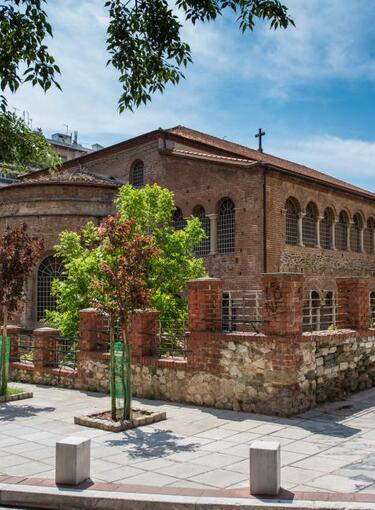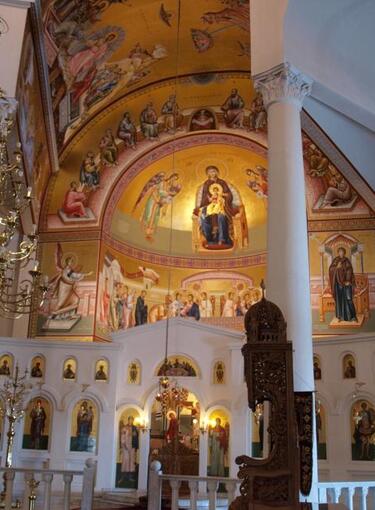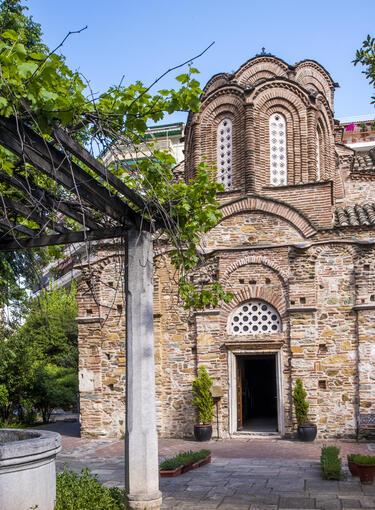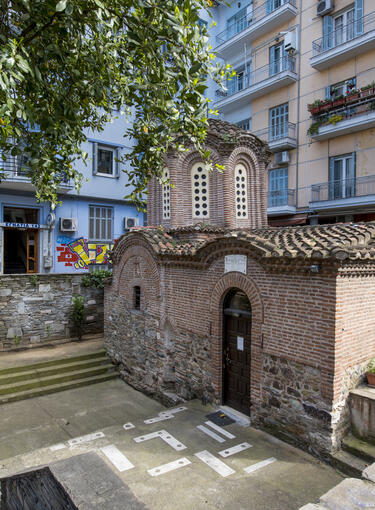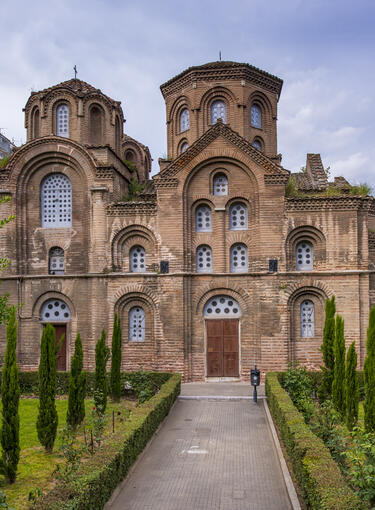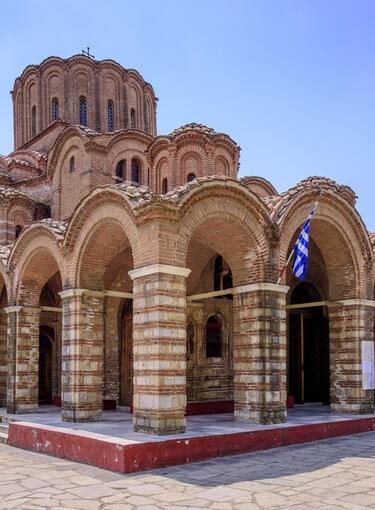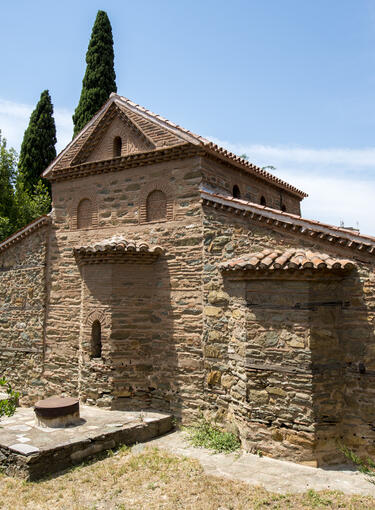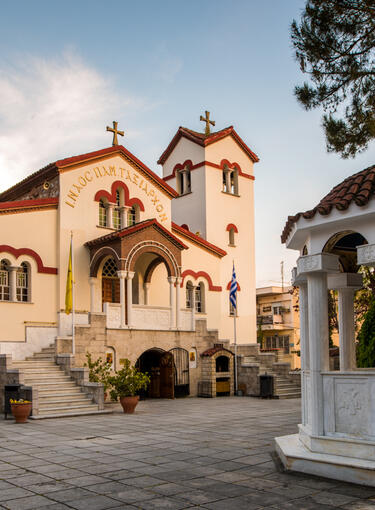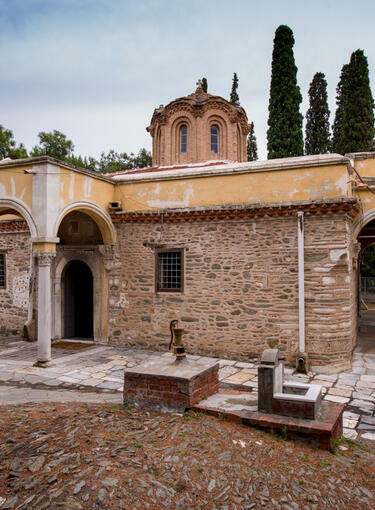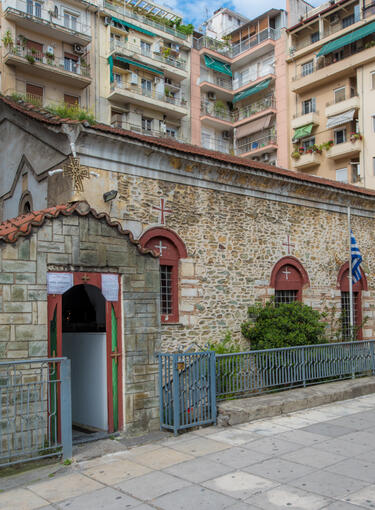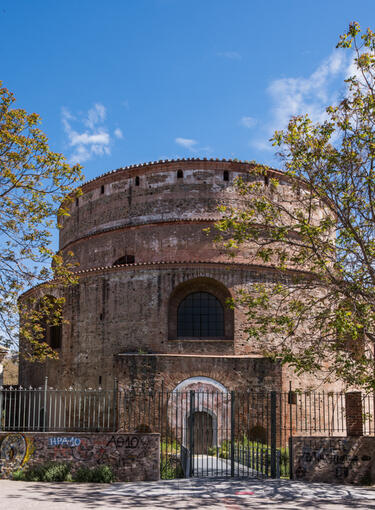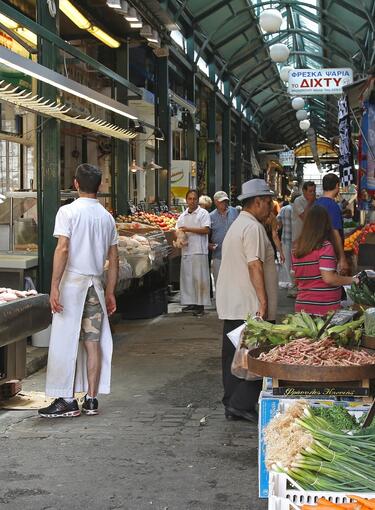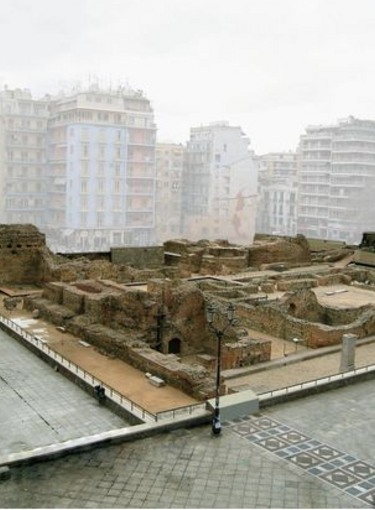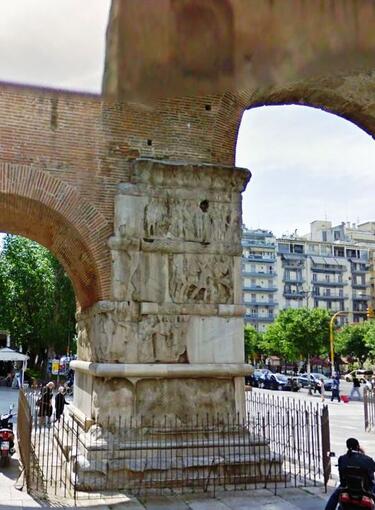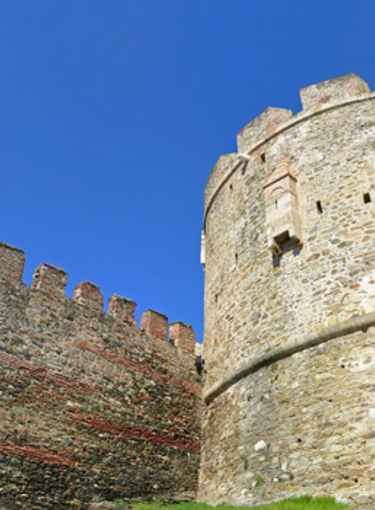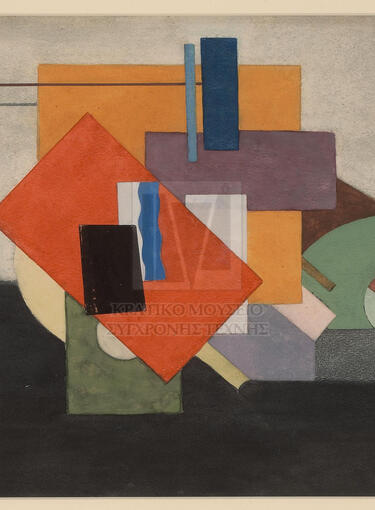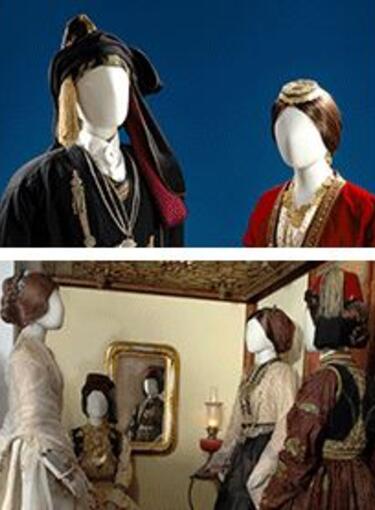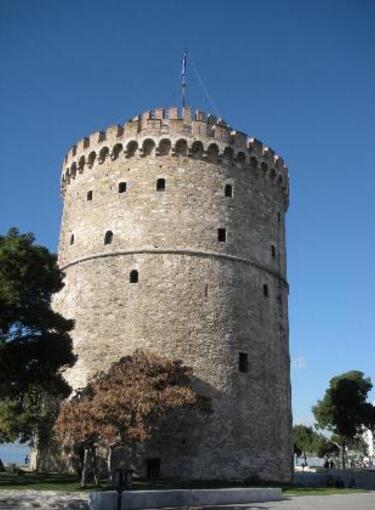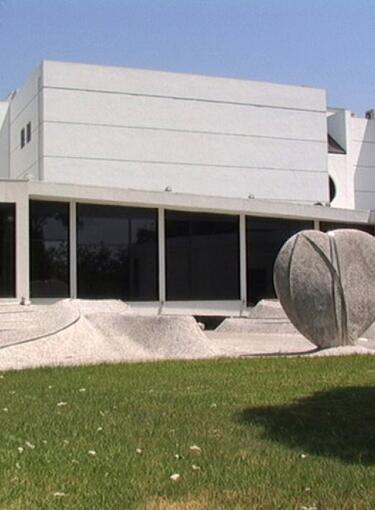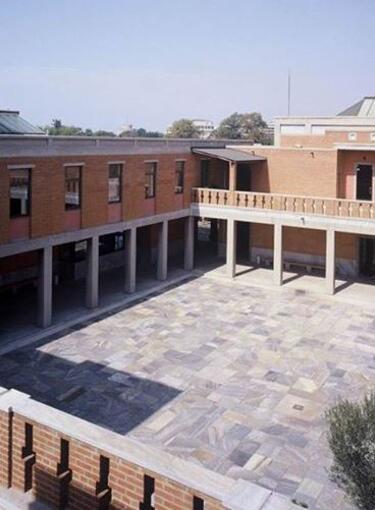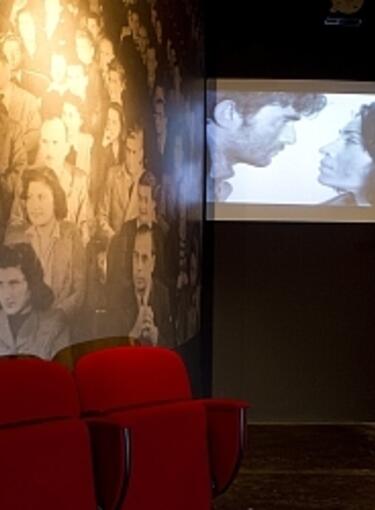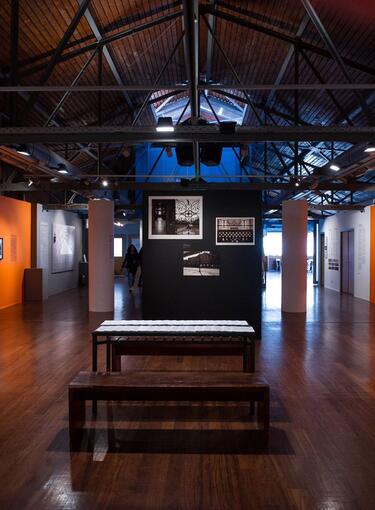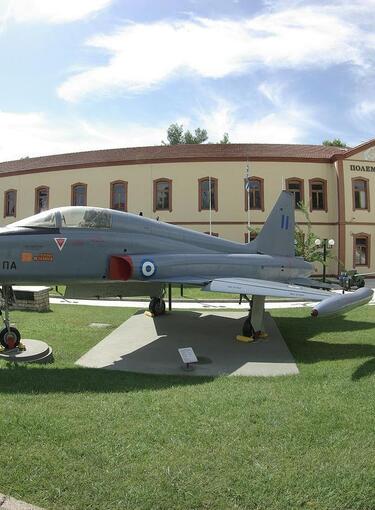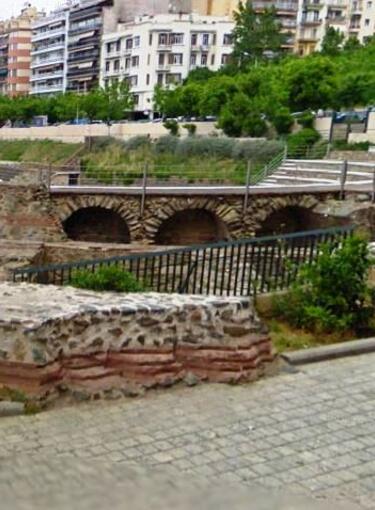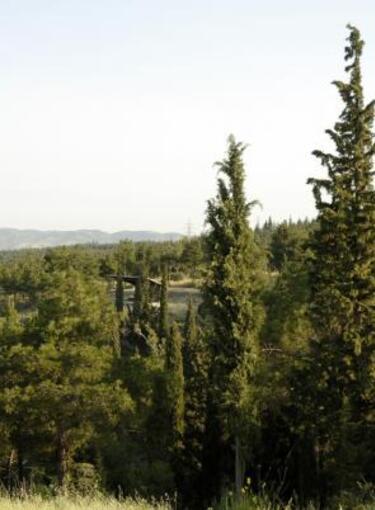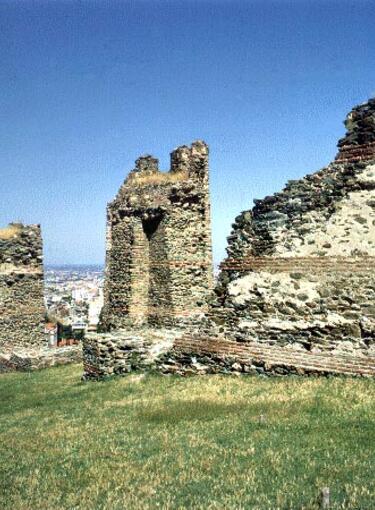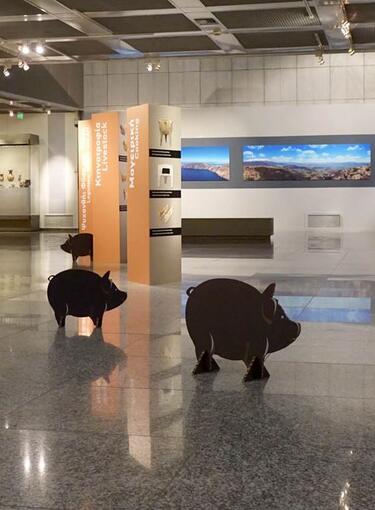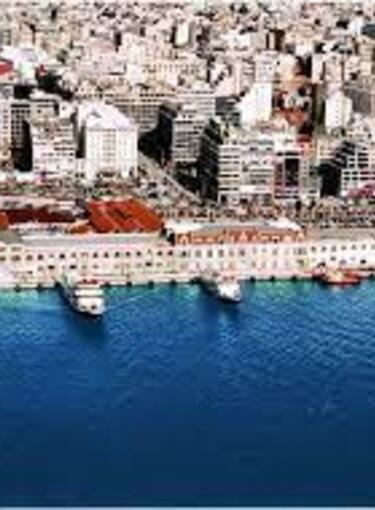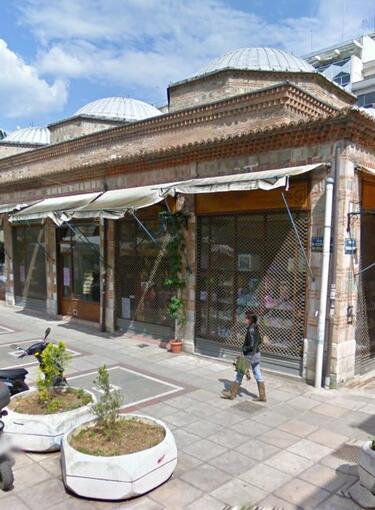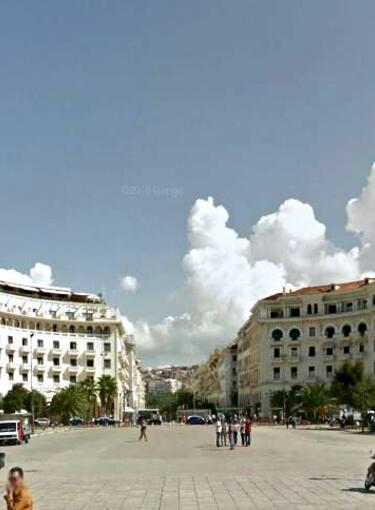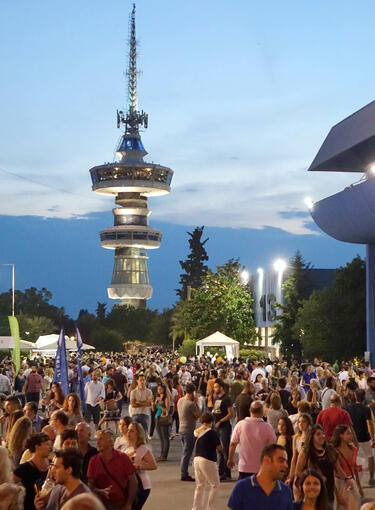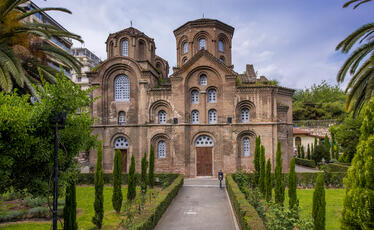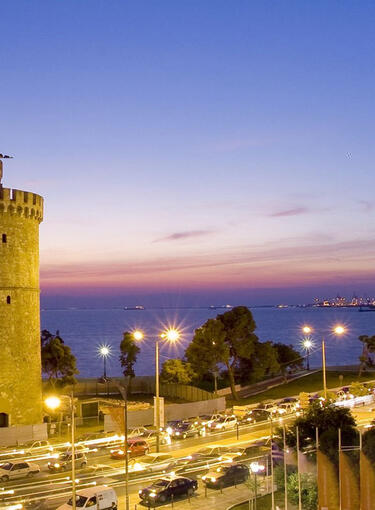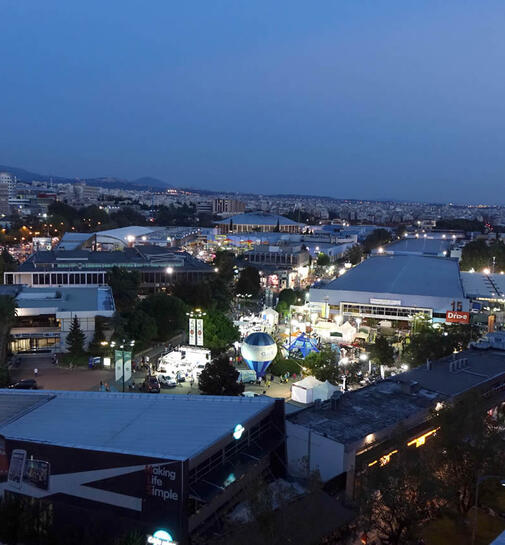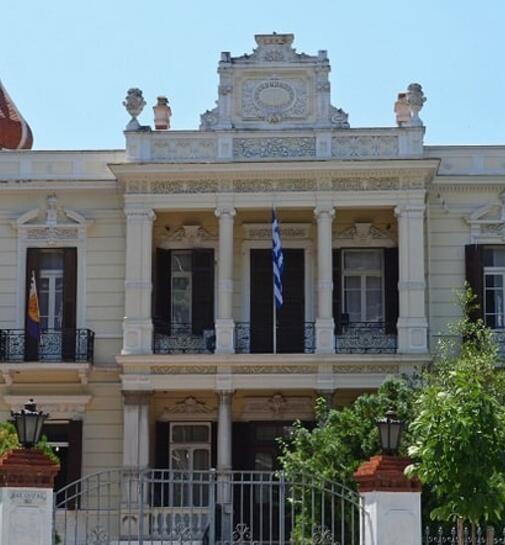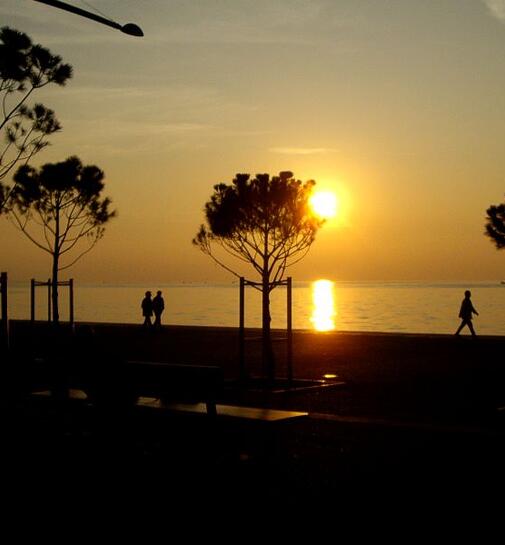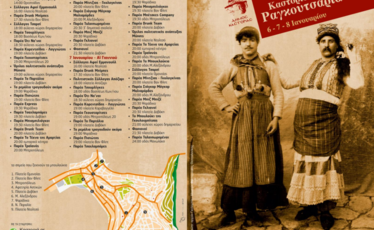Historic Temples
The cathedral and pilgrimage church of Agia Sophia (The Wisdom of God) is at the historical centre of Thessaloniki, at the square with the same name, at the intersection of Agia Sophia and Ermou streets. Dedicated to Wisdom and the Word of God is, together with the churches of Agios Dimitrios and Acheiropoietos, among the most important Early Christian monuments of Greece and of the Orthodox world in general.
From the 8th century until its conversion into a mosque (1523-1524) it was the cathedral church of the city and frequently in the historical texts is mentioned as “Great Church”. During the Latin Occupation (1204-1224) the church was converted into a Catholic cathedral and then returned to Orthodox hands in 1224, after the recapture of Thessaloniki by the Byzantines. Approximately a hundred years after the capture of the city by the Ottomans (1430) the church was converted into a mosque, but maintaining its original name (Aya Sofya Camii). However, the mosque was burned down in the great fire of 1890 and was re-constructed in the years 1907-1909. In 1913, after the liberation of the city by the Turks, it was given back to Orthodox hands and a mass was carried out.
The initial church was a colossal five-aisled basilica, dedicated to Agios Markos, which was built in the end of the 4th century over a Roman building complex. Nowadays, on the southern side of the church survive the ruins of its baptistery. This basilica was probably destroyed by the great earthquake of 618 and the fire that followed and in its place they founded the present day church.
Architecturally, the present day church belongs to the type of transitional cross-in-square church and is a development of a basilica with a dome. On the northwestern corner there is a tower, which is a Turkish addition.
There are remarkable mosaics surviving at the monuments, in the area of the altar and the dome, which date from there different periods and are excellent examples of Byzantine art:
The abstract decoration of the semi-cylindrical apse of the altar area (cross in glory, fire and geometrical shapes) belong in the first years of Iconoclasm (726-787), as testified by the inscriptions that mention the names of empress Irine of Athens and her son Constantine VI, who ruled jointly in the years 780-788. Here we can discern the name of bishop Theophilos. The inscriptions are related to the visit of the emperors in Thessaloniki, just before the 7th Ecumenical Council in Nicaea in 787, which decided the end of Iconoclasm.
The majestic representation of the Ascension of Christ at the dome belongs to the second stage and more specifically in the end of the 9th century. It depicts Christ in the centre of a glory, supported by angels, while lower stand the figures of the apostles. Among them Virgin Mary, surrounded by two archangels pointing to the Divine Presence at the celestial dome.
The mosaic of the enthroned Virgin Mary holding baby Christ, at the conch of the apse, which replaced a cross, belongs to the third stage, and more specifically in the 11th-12th century.
At the narthex windows there are parts of wall paintings of monk saints of the 11th century, among then Agia Theodora in Thessaloniki.
The rest of the decoration of the church is Muslim and is part of the alterations that took place to the monument during the Ottoman Period.
Informations
Additional
Date:
8th century
Season:
Byzantine
Celebrates:
14th of September
Holy Metropolis:
Thessaloniki
Under the Supervision of:
Archaeological Service of the city of Thessaloniki
Address:
Agias Sofias & Ermou 54622
Access:
Car
Parking:
Free


